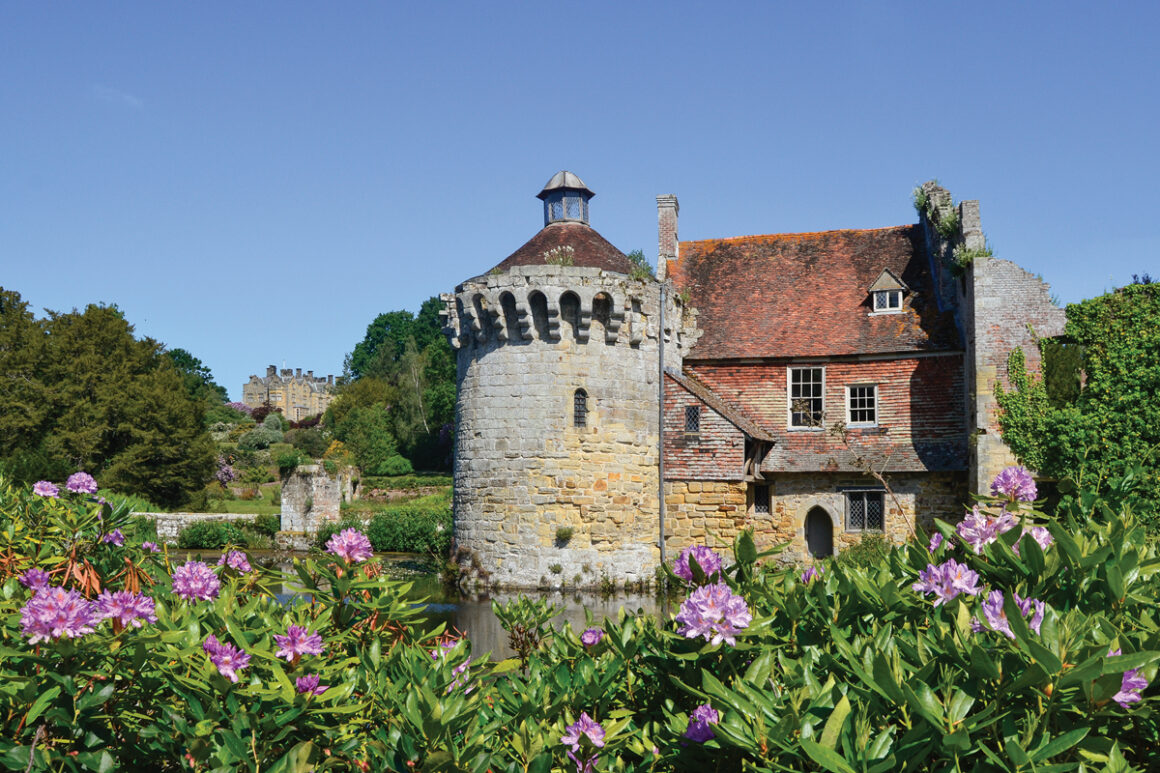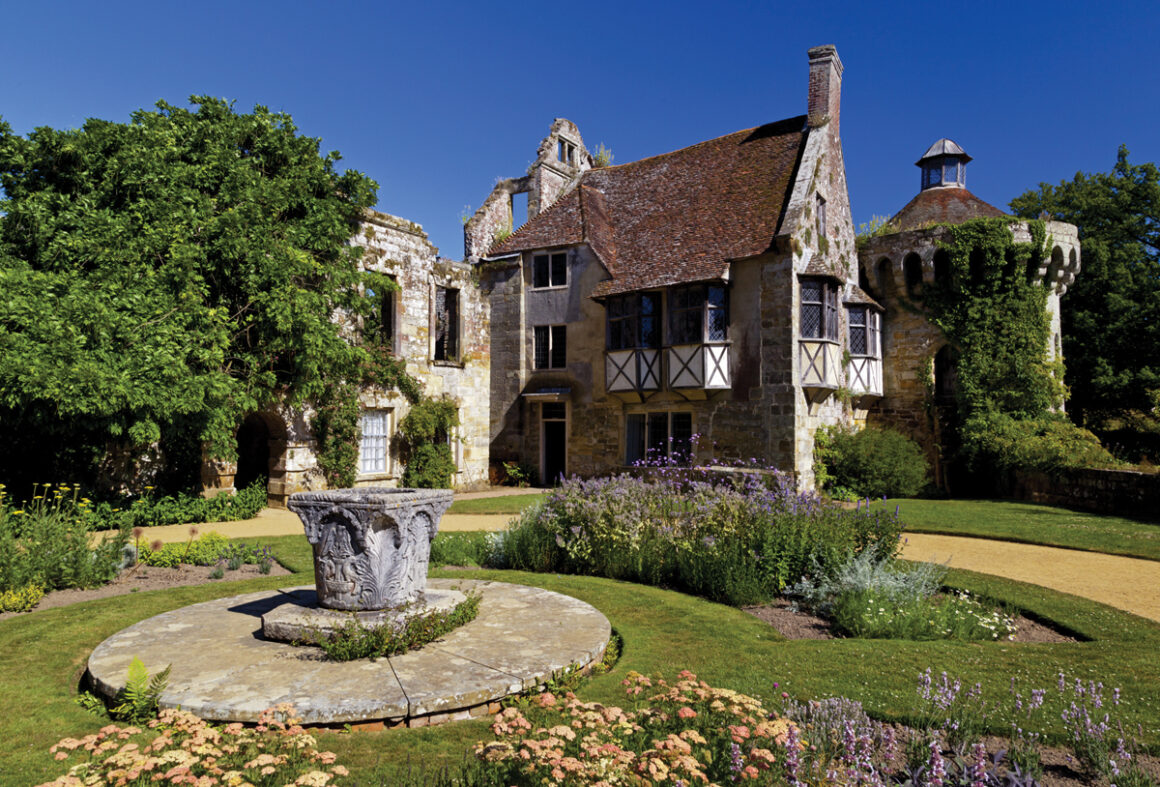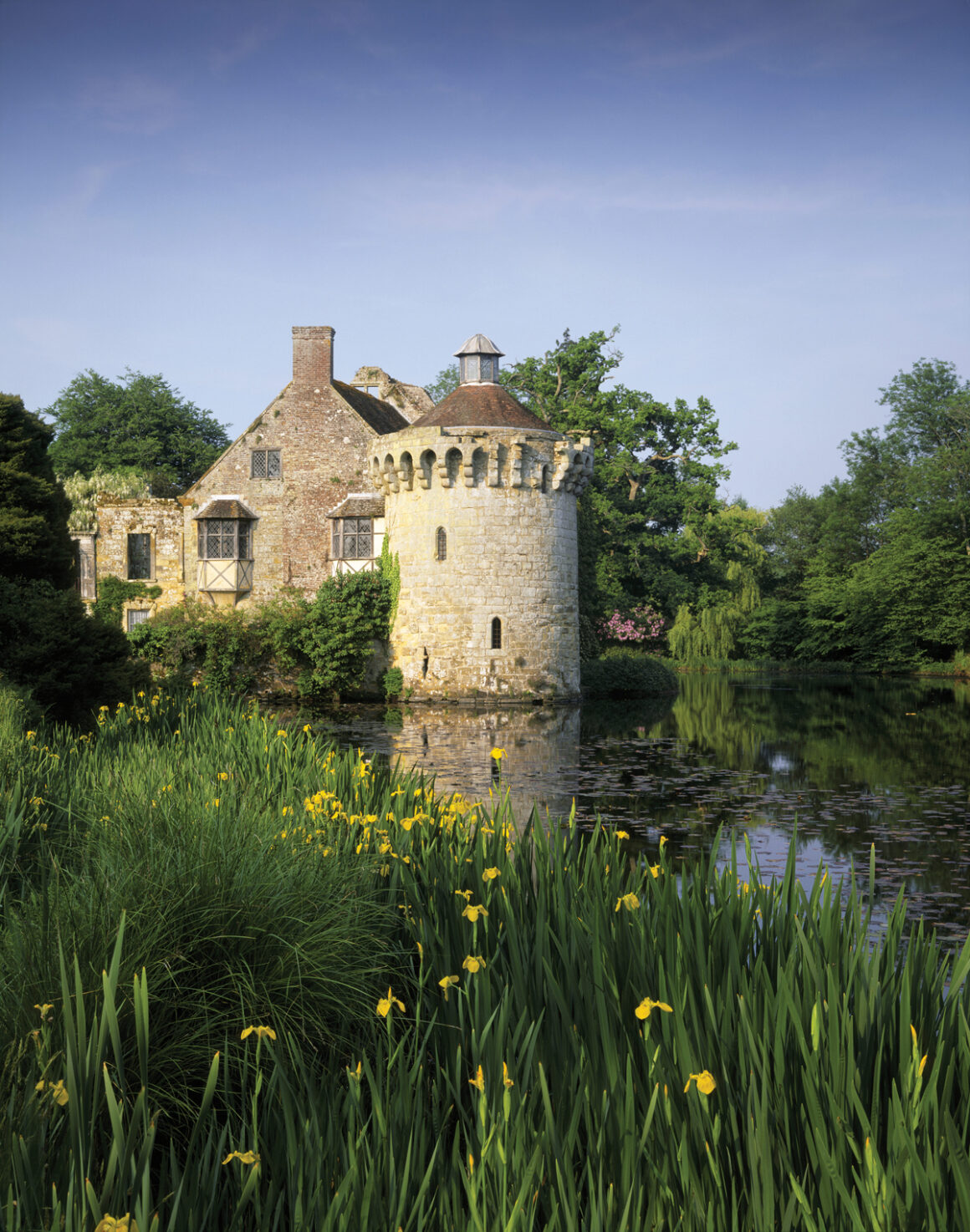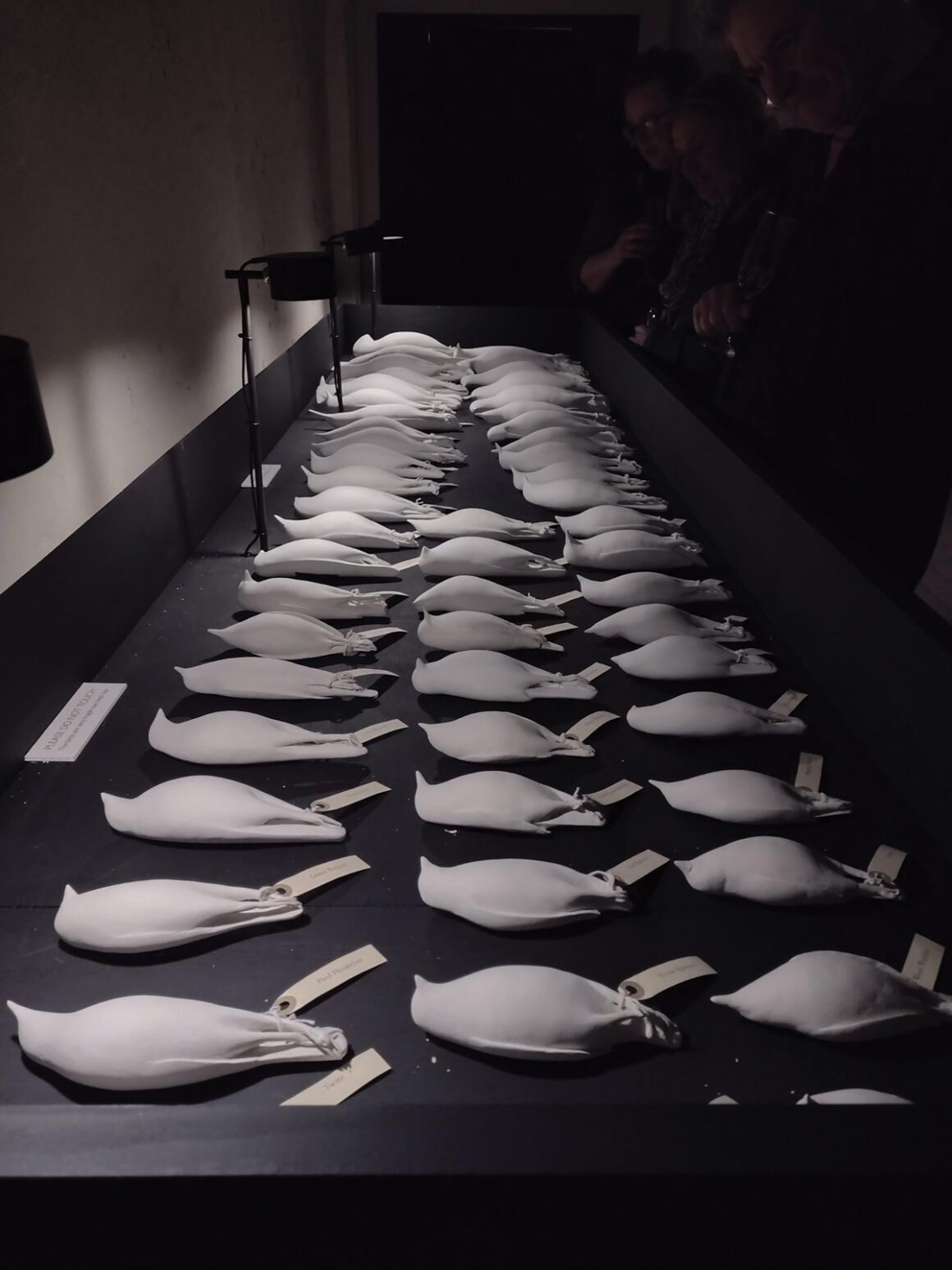Scotney: A Castle for all Seasons
Nestled in the Bewl Valley on the boundary between Sussex and Kent, Scotney Castle has a well-deserved reputation for romance and picturesque loveliness, but its history shows a chequered past.

NATIONAL TURST: Kirsty Gibbons
Originally with a circular tower at each of its four corners, the castle was built around 1378 by Roger de Ashburnham in response to the threat of French invasion. The estate remained in the Ashburnham family until it was sold in 1418 to the Darell family. The Darells lived here for the next 350 years, adding in the Tudor wing. Loyal Catholics, following the Reformation they practised their faith behind closed doors to prevent persecution. In 1591 the family used the castle’s secret priest hole to quickly hide Father Richard Blount. The priest then escaped through the moat to safety.
Much of the original medieval castle was demolished in the 17th century and a grand three-storey east range was built. Today only the walls of this section remain. Around 1720 George Darell made further alterations, capping the Ashburnham Tower with its characteristic conical tiled roof and glazed cupola. This Ashburnham tower is all that now remains of the original medieval castle.
NATIONAL TURST: Robert Morris
Family squabbles, lawsuits and debt led to another change of ownership in the 1778 when Edward Hussey I bought the castle from the Darells. Between 1783 and 1792, Hussey pieced the rest of the old Darell estate back together. His death in 1816 and, a year later, that of his son, Edward Hussey II, meant the old castle then lay vacant for some years. The young Edward Hussey III was largely brought up by his mother away from Scotney in St Leonards but, fascinated by architecture and landscape gardening, he decided to move back to Scotney in 1835 and build a new house here.
From a military perspective, its low-lying location seems a strange place to build a castle, and as a family home the damp environment undoubtedly created health issues but, surrounded by its moat and old roses and wisteria climbing its aged walls, its romantic credentials can’t be argued with. With acres of parkland on one side and cascading rhododendron-filled gardens on the other, its setting today is just perfect.
NATIONAL TRUST: David Sellman
Despite commonly held beliefs, the old castle at Scotney is not a folly. Nor was it left to fall into disrepair or destroyed by a fire. It was deliberately ruined in the mid-19th century to make the centrepiece of the garden being created around Edward Hussey III’s new house. During the process of building the new house at Scotney, sandstone was quarried from the garden and several items, such as the hearth tiles now in the Hall and the fireplace surround in the Bamboo Bedroom, were salvaged from the then uninhabited Old Castle. Working with architect, Anthony Salvin, and with the advice of artist and landscape gardener, William Sawrey Gilpin, the new house was built in such a way that each window acts as a picture frame for the artfully created views. Most notable is the view from the bay window in the library down towards the Old Castle.
This year, the old castle is once again open to the public – the first time since 2019. Open daily until 20 October, it will be home to ‘The Red List’ exhibition, a display of the 70 UK birds on the endangered species list, created from bisque-fired ceramic. The inner courtyard will also be a dig site during the Festival of Archaeology this summer. It will be fascinating to see what further secrets the old castle shares with us.
www.nationaltrust.org.uk/visit/kent/scotney-castle
Red List exhibition at Scotney Old Castle


